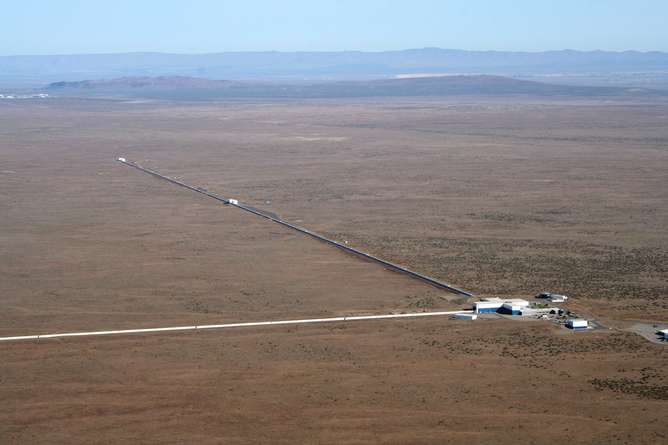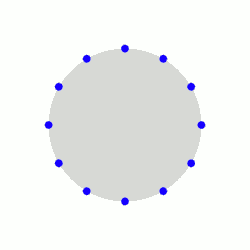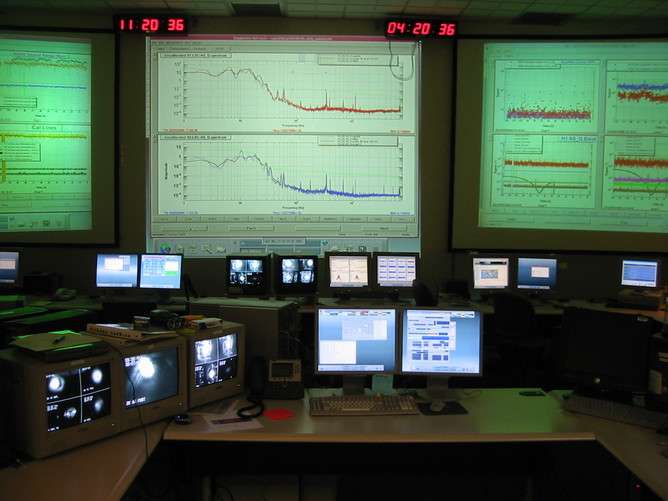How does an experiment at LIGO actually work?

Gravitational waves are mysterious ripples in the fabric of space and time that travel across our universe at the speed of light. Predicted by Einstein exactly 100 years ago, a number of experiments have been searching for them. One of these experiments, LIGO, has been the focus of much speculation. But how does it actually work and how reliable is it?
Gravitational waves are caused by violent astrophysical events, involving massive, compact objects like neutron stars and black holes, colliding into each other. Even though the events that cause them are cataclysmic, they are so far away that the effects on our local fabric of space and time here on Earth are very subtle.
For that reason, scientists have had to build huge optical instruments that are supremely sensitive, called laser interferometers, to search for them. The Laser Interferometric Gravitational-Wave Observatory, or LIGO, brings these efforts together in an experiment with over 1,000 scientists from 86 institutions around the world working with these instruments or the data that they produce.
Two light beams, some mirrors and a detector
All you need to build a gravitational-wave interferometer is two light beams, travelling between pairs of mirrors down pipes running in different directions, say north and west. The effect of a passing gravitational wave should stretch space in one direction and shrink it in the direction that is at right angles. On Earth, that would cause the mirrors to swing by tiny amounts, so that the distance between one pair of mirrors gets smaller, while the other gets larger. The swinging is actually the mirrors responding to the stretching and compression of space-time, which is just amazing.

It is very similar to waves on a pond. Put down a floating object and, as a wave passes through, the object bobs up and down several times. LIGOs mirrors are bobbing in a pond of gravitational waves, which are more complex but still cause the motions to differ from place to place in a characteristic way.
The subtle changes in distance can then be registered by a detector, put in place to monitor the laser light returning from the two interferometer arms. Just to ensure that it wasn't a fluke, we have two of these machines and position them at opposite ends of the US and require both of them to do the same "dancing mirrors" thing at the same time: one in Livingston, Louisiana and the other in Hanford, Washington.
So, how does this work in practice? A key task is "locking" the interferometers, which means stabilising the separations between the mirrors so that the laser light resonates between the mirror surfaces as it was designed to do. Back when I worked on a LIGO prototype at MIT in 1997, locking was done by hand by scientists, using a hand held box with 12 knobs on it. It is now computer-controlled, so that an operator initiates the sequence, and sensors indicate when each of the mirrors has moved into the right position. Mirror positions and angles tend to drift slowly due to temperature changes, mechanical relaxations in the hardware, and even the position of the moon in the sky, so adjusting the mirrors is a daily task.

Scientists and engineers on-site also monitor diagnostic information about the detector and the physical environment, so that when the detector isn't working properly, the cause can be identified and addressed. I've spent many hours in the LIGO control rooms and labs; my most recent machine work was making precise measurements of the distances between mirrors during a troubleshooting exercise. In practice, this meant hours wearing clean-room garments and leaning over steel tables in a very large room, often working late into the night.
If I make this sound easy, it isn't. LIGO is oozing with groundbreaking technology developed especially for the detectors. The interferometer arms, each 4km long, had to be constructed with a correction for the curvature of the Earth. Each detector has to be exquisitely isolated from vibrations of the ground and it has to be in a vacuum so that contaminants and gas don't corrupt the laser light between the mirrors.
The two detectors have to take data for months at a time – never missing a single data point and never getting behind. When your detector is distributed over several kilometres, this is a technological challenge in itself. LIGO is an engineering and physics marvel, one of the most sophisticated machines ever constructed and it's exciting to be part of it.
Source: The Conversation
This article was originally published on The Conversation. Read the original article.
![]()


















